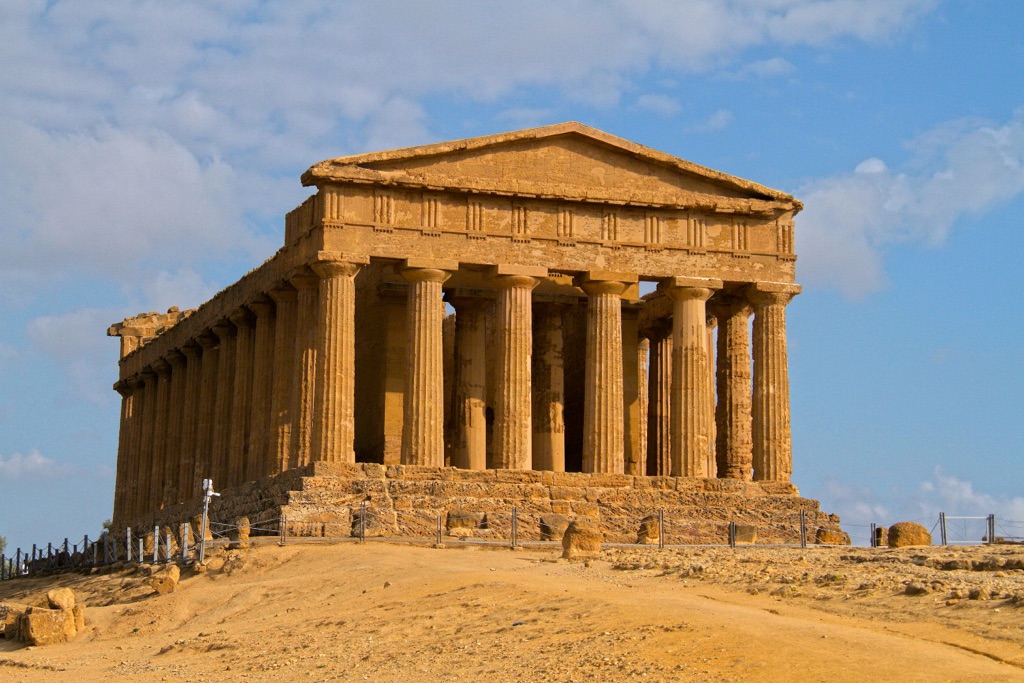The Valley of the Temples is a stunning archaeological site in Sicily, Italy, renowned for its well-preserved ancient Greek temples. This UNESCO World Heritage site, located near the town of Agrigento, is one of the most significant examples of Greater Greece art and architecture. The temples, built during the 5th and 6th centuries BC, stand as a testament to the wealth and power of the ancient city of Akragas. The site attracts scholars, tourists, and history enthusiasts from around the world, eager to witness the grandeur of these ancient structures.
Get your dose of History via Email
Historical Background of the Valley of the Temples
The Valley of the Temples was not discovered in the modern sense, as it was never lost to time. The temples have stood on the ridge outside Agrigento for centuries, visible to all. However, systematic archaeological studies began in the 18th century. The site’s temples were built by the ancient Greeks, starting around 520 BC. Akragas, the city to which the temples belonged, was one of the richest and most powerful cities of ancient Greece.
Throughout history, the temples have seen various uses. Some were converted into Christian basilicas, while others fell into disrepair. The area was also the scene of historical events, such as the Second Punic War, where it faced attacks by the Carthaginians. Despite these tumultuous events, many of the temples have survived, albeit some in ruins.
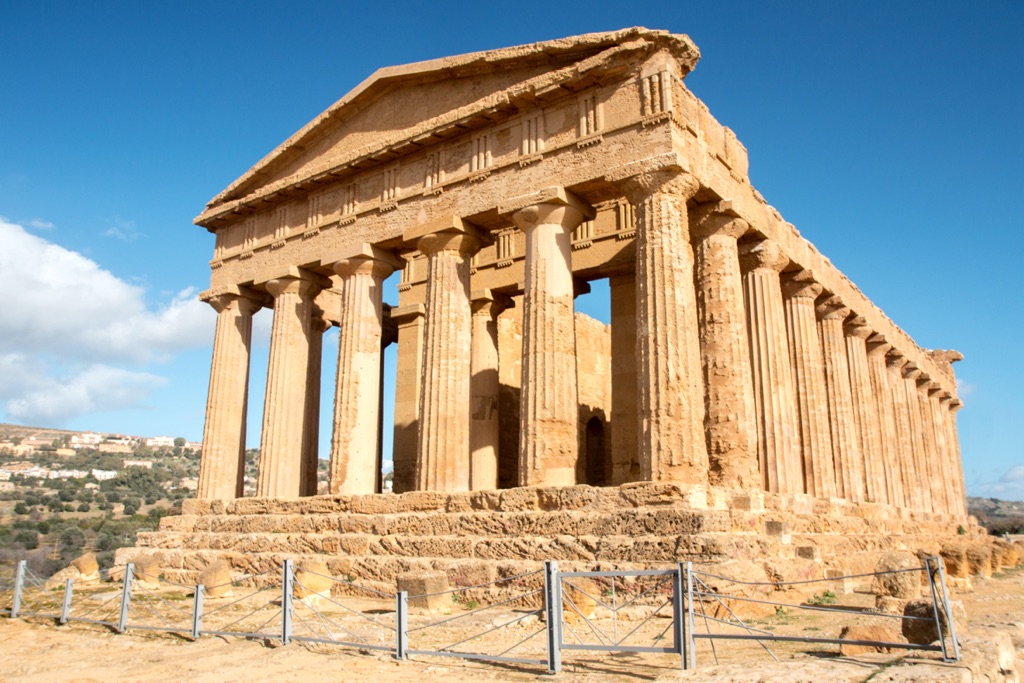
The most famous temple, the Temple of Concordia, was converted into a Christian basilica in the 6th century AD, which likely contributed to its excellent preservation. The other temples, dedicated to various Greek gods and goddesses, also tell tales of the city’s religious practices and architectural prowess.
Excavations and restorations have taken place over the years, with archaeologists like Domenico Antonio Lo Faso Pietrasanta playing a significant role in the early 19th century. These efforts have helped to preserve the site and provide valuable insights into its history and the civilization that built it.
Today, the Valley of the Temples stands as a reminder of the past glories of Akragas and continues to be a source of historical and cultural significance. It is not only a tourist destination but also a site for ongoing archaeological research and discovery.
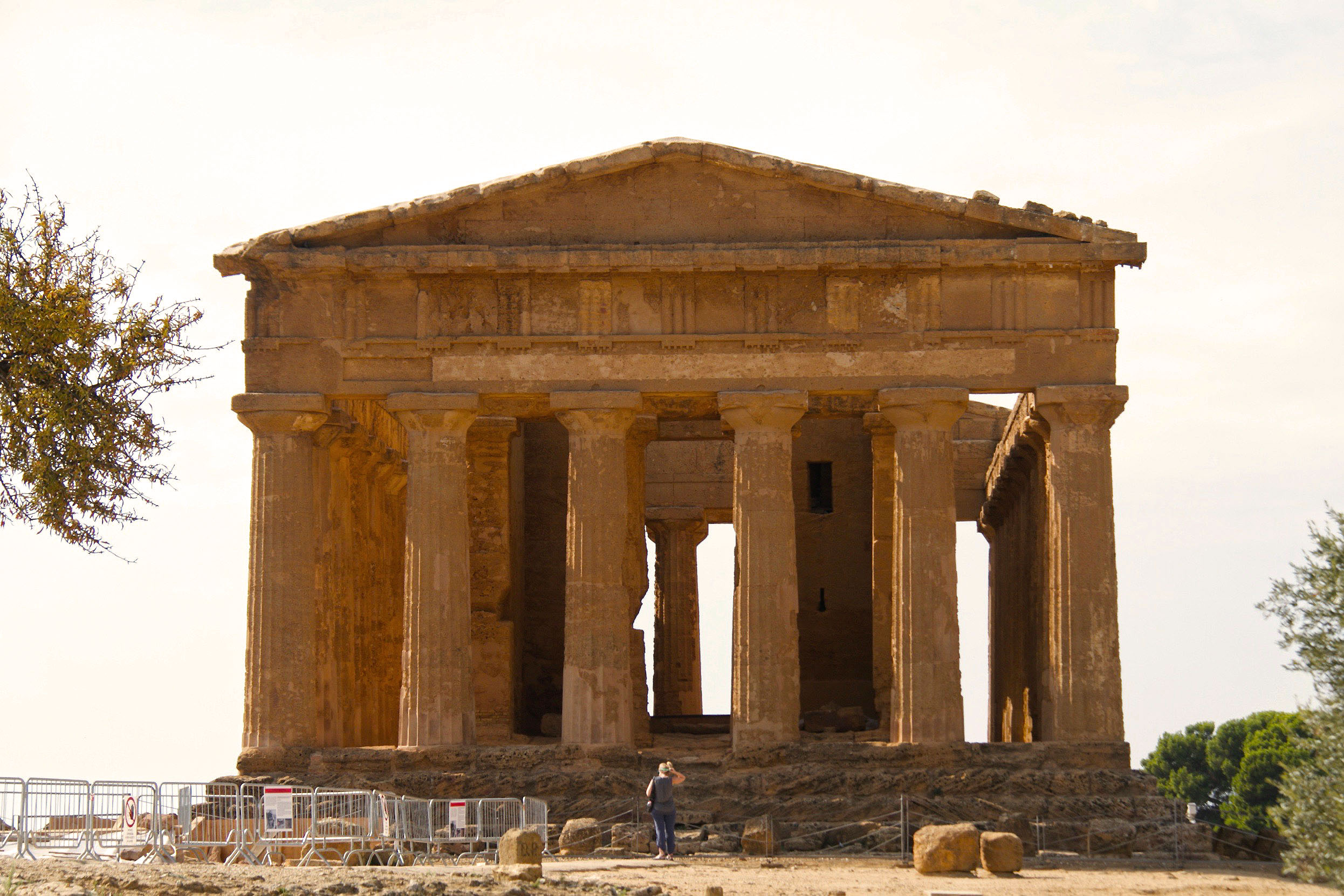
About the Valley of the Temples
The Valley of the Temples is a collection of Doric temples, ancient burial grounds, sanctuaries, and other archaeological remains. The temples were constructed using local limestone, which has taken on a warm golden hue over the centuries. The Doric columns, massive yet elegant, are a defining feature of the temples’ architecture.
The Temple of Concordia is the best-preserved temple in the valley and is often compared to the Parthenon in Athens due to its classical beauty and proportions. The temple’s post-and-lintel construction has withstood the test of time, and its intact peristasis is a marvel to behold.
Other notable temples include the Temple of Hera, the Temple of Heracles, and the Temple of Zeus. Each temple had a unique design, with variations in the number of columns and layout, reflecting the architectural evolution over time. The Temple of Zeus, for example, was one of the largest Doric temples ever constructed, though it now lies mostly in ruins.
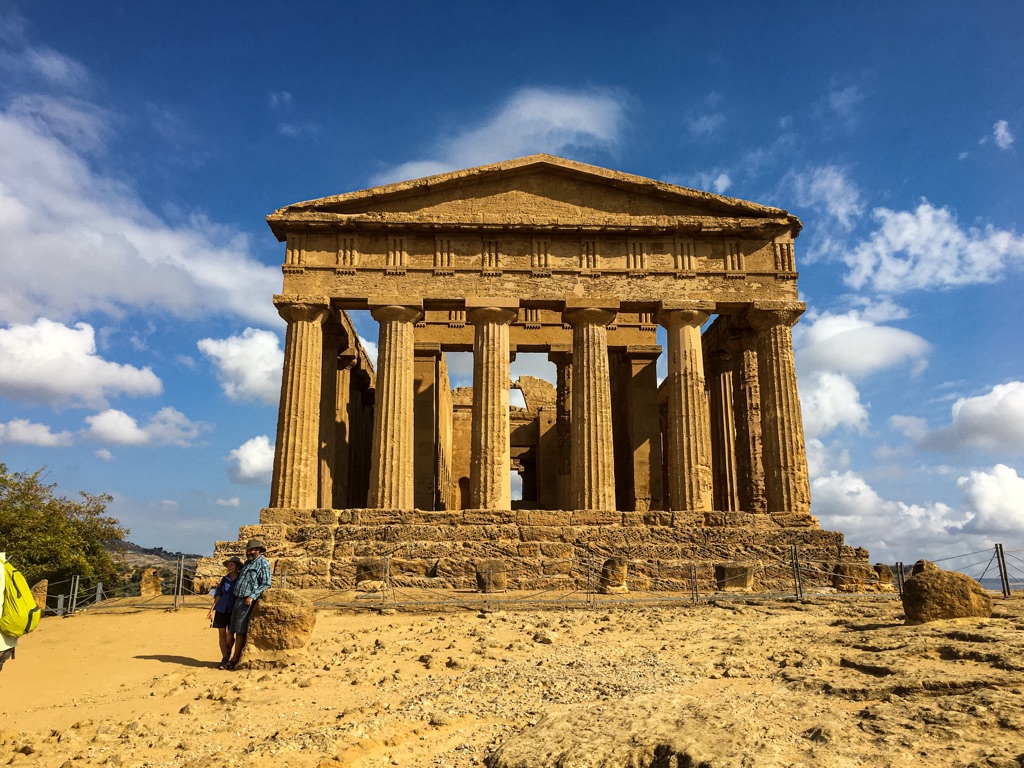
The construction methods of the temples involved careful planning and advanced engineering techniques. Large blocks of stone were quarried, transported, and meticulously carved to fit together without the use of mortar. The precision and skill involved in their construction are still admired today.
Archaeological excavations have also uncovered various artifacts, including statues, pottery, and inscriptions, which provide further insight into the materials used and the daily life of the ancient inhabitants. The site’s extensive necropolis also offers a glimpse into ancient burial customs and beliefs about the afterlife.
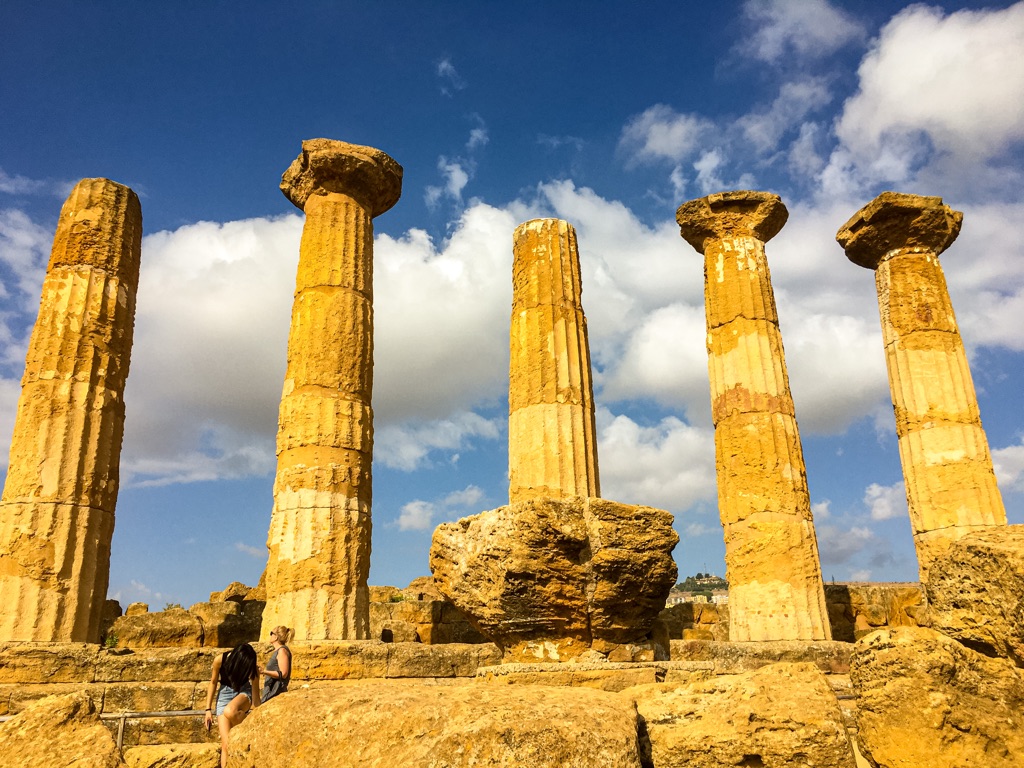
Theories and Interpretations
Several theories and interpretations surround the Valley of the Temples, particularly regarding its use and significance in ancient times. Some scholars suggest that the temples were not just places of worship but also served as important social and economic centers.
The purpose of the massive, unfinished Temple of Zeus has been a subject of debate. Some believe it was intended to commemorate a military victory, while others think it was a display of wealth and power. The temple’s giant atlases, stone figures meant to support the structure, add to its mystery.
There are also interpretations of the site’s decline. Theories range from economic downturns to destructive invasions. The conversion of some temples into Christian basilicas suggests a shift in religious practices and societal changes over time.
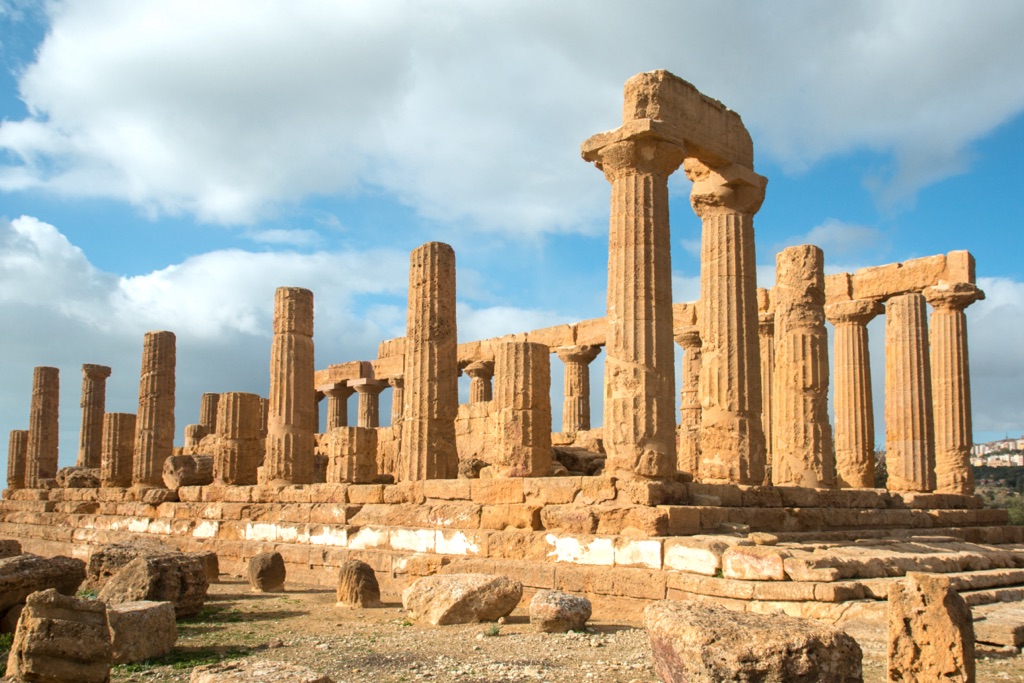
Modern dating methods, such as thermoluminescence and stratigraphy, have been used to establish the chronology of the temples. These scientific techniques have helped confirm the historical records of ancient historians like Diodorus Siculus, who documented the history of the region.
The Valley of the Temples continues to be a focus of archaeological study. Researchers are piecing together the site’s history, using both ancient texts and modern technology to understand its development and significance in the ancient world.
At a glance
Country: Italy
Civilization: Ancient Greeks
Age: 5th and 6th centuries BC
Conclusion and Sources
Reputable sources used in the creation of this article include:
- UNESCO World Heritage Centre – https://whc.unesco.org/en/list/831
- Wikipedia – Valley of the Temples – https://en.wikipedia.org/wiki/Valle_dei_Templi
- Britannica – Agrigento – https://www.britannica.com/place/Agrigento
- Official Museum Website of the Valley of the Temples – http://www.parcovalledeitempli.it/

